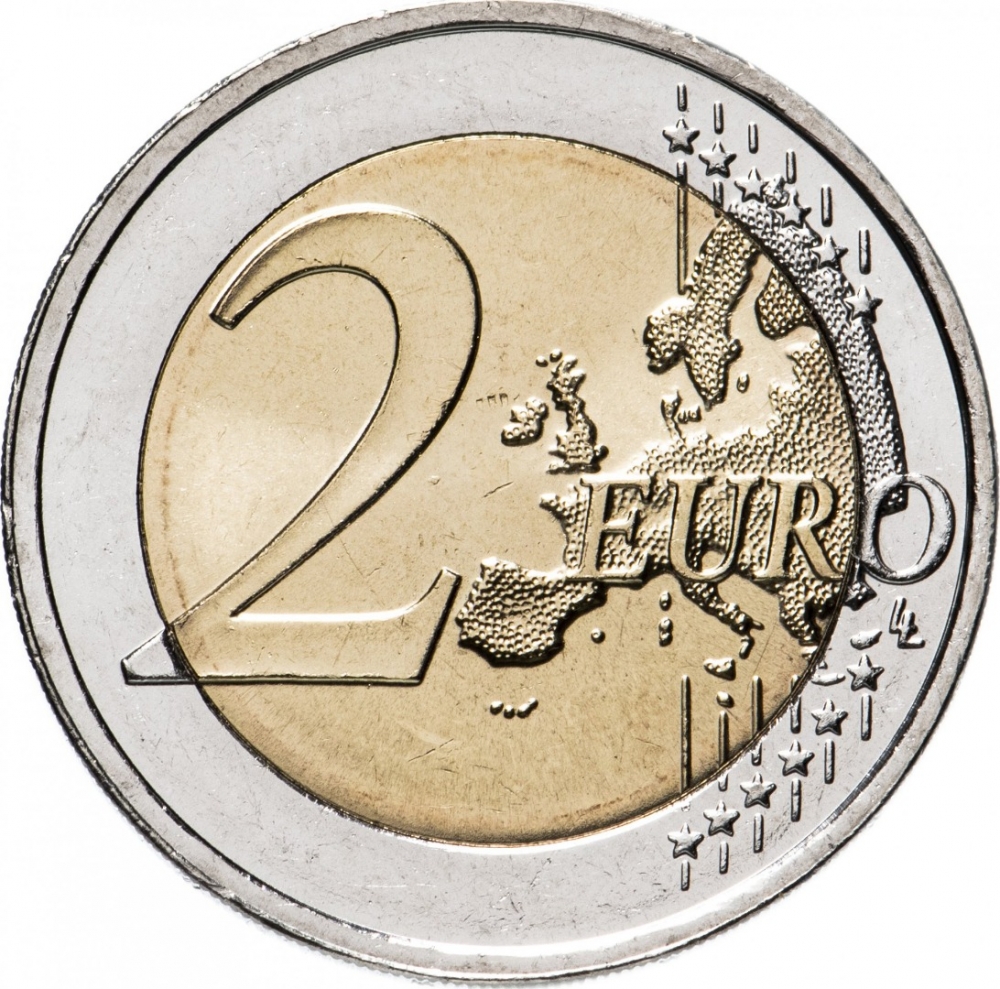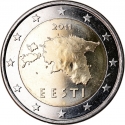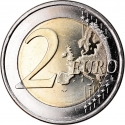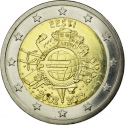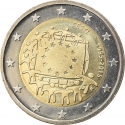You are about to finish your registration. Please check your mailbox (including spam folder). There should be a letter with a confirmation link. Check setting to make sure that your e-mail address is correct.
Send letter againDescription
The Tartu Peace Treaty (Estonian: Tartu rahu, literally "Tartu peace") was Signed on the 2nd February 1920, the treaty formally recognised Estonian independence, which was won after the Baltic nation fought a war against Russia, following the abdication of Czar Nicholas II in 1917 and the eventual break-up of the Russian Empire. The treaty was signed in Estonia’s second city of Tartu, in the building of the Estonian Students’ Society by representatives of the new Estonian government and by those representing the new Russian Soviet Federative Socialist Republic. The terms stated that ”Russia unreservedly recognises” the independence of the Republic of Estonia de jure (from that moment on) and renounces, in perpetuity, all rights to the territory of Estonia. Ratifications of the treaty were exchanged in Moscow on the 30th March 1920, and it was registered in the League of Nations on the 12th July 1922.
The coin’s design is the work of Ivar Sakk and was approved by the Bank of Estonia’s Supervisory Board after the launch of a public competition to design the coin failed to find an appropriate design.
Obverse

|
Depicts a stylised tree with the leaves and branches arranged with the capital letters TARTU RAHU (“Tartu Peace” in Estonian) incorporated into the overall design. The commemorative date of 02.02.2020 is placed below and to the right edge. The coin’s outer ring depicts the 12 stars of the European flag. TARTU |
|---|---|
Reverse

|
A geographical map of Western Europe spans the outer ring and inner core on the right side of the coin. The inscription 2 EURO is superimposed over the map of Europe, with the numeral “2” located in an open field representing the eastern Atlantic Ocean. 2 EURO |
| Edge |
ESTONIA in Estonian upright and inverted. EESTI ○ EESTI ○ |
Swap now (1 offer)
Characteristics
| Type | Commemorative Issue (Circulating) |
| Material | Bi-Metallic |
| Ring | Cupronickel |
| Center | Nickel Brass |
| Weight | 8.5 g |
| Diameter | 25.75 mm |
| Thickness | 2.2 mm |
| Shape |
|
| Alignment | Medal |
Related coins
10th Anniversary of Euro Coins and Banknotes
30th Anniversary of the Flag of Europe

